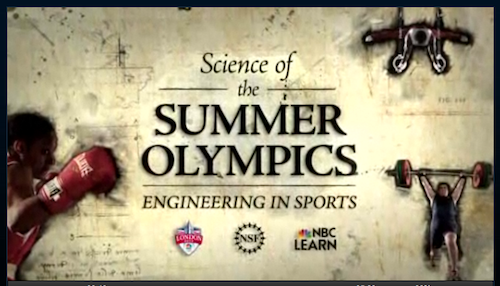Jim Blurton of Wales is one of those farriers who has more than one claim to fame. But his most recent is the one that might stick the longest.
Jim is a former world champion at the Calgary Stampede. He’s a veteran of countless Welsh national horseshoeing teams. He’s a successful farrier with a burgeoning group practice employing ten or so farriers, and a manufacturing entrepreneur whose name is on the farrier supply map for manufacturing farrier hand tools and pre-made bar shoes.
But as of yesterday--and forever more--he’ll be remembered as the “Lead Farrier”. His position is attached to the veterinary services department of the London Olympic Games’ organizing committee, a.k.a. LOCOG.
Jim said that his day begins at 5:30 a.m. and that, on the day we first spoke, it ended at 10:30 p.m. There were horses to be attended to: if not shod, they still may need to be adjusted, clenches looked at and maintenance provided. He was waiting for his team of volunteers to arrive the next day (Saturday) when the official duties would begin.
 |
| Jim Blurton, NTO Lead Farrier for the London 2012 Olympic Games |
Jim’s plan is to spread the farrier team throughout the park and station farriers wherever horses are competing or training. The crew of British farriers has been through a training program, and understands what is expected of them.
There are five positions in the training center area; one farrier is needed at each of five warmup arena. A farrier also needs to be in the forge at the stables and one at the competition venue itself. For the cross-country on Monday, farriers will be at the start and the finish of the course.
Another farrier is on duty at the receiving station, about five miles away. Peden Bloodstock is there, facilitating the processing of any arriving horses. They are all checked for their proper permits and transferred from their vans to official LOCOG transports that carry the horses into the park. Everything that has been sent with a horse is x-rayed at this receiving station, and the farrier is on hand to make sure the horses didn’t have any shoe problems during transport to London.
And the forge itself? It's important to know that it's up in the air. It's built on stilts, just like all the stables and buildings at the equestrian center--even the stadium and the arena itself are built on platforms on stilts. Horses go up and down ramps to get where they're going, and back again.
This morning I spoke with Jay Tovey, an Olympic farrier from Bedfordshire, England who was one of several assisting Jim Blurton on this second day of eventing dressage. Jay has been in the Park with Jim since last Monday and spent today minding hooves at a warmup arena. The sun was shining when we spoke, but they had been through thunder and lightning and a downpour during the dressage.
“Brilliant!” was Jay Tovey’s comment on the farrier scheme. He said that people at the staging center and the park were aware of the farriers and what they were assigned to do.
 |
| One of Jim Blurton's business accomplishments has been the mass production of heart bar shoes; this photo is a still from his video on fitting heart bars. |
In the meantime, Jay and Jim are having a few encounters with farriers from other countries. As Jay looked across the arena where he was stationed, he said he could see Nigel Perrott from Somerset, England, who is the farrier for the Irish eventing team, and Dieter Krohnert, the long-time farrier for the German National Federation teams.
I asked Jim Blurton what qualified him to be selected for the job and he had to stop and think a minute. Then he reasoned it out: they needed someone who could be away from his or her business for a month--which jim can be only because of the staff he has at home to take up the slack.
They needed someone who could manage people, he added slowly, which the size of his shoeing and manufacturing business obviously proves.
“And they needed someone who’d know what they’re doing,” he ended.
Coming up: More about the forge, farriers from other countries, and a salute to some of the farriers whose hard work helped their horses get to London.
Thanks to Team Thailand's farrier, David Watson, for taking the photo of Jim in the Olympic forge.
© Fran Jurga and Hoofcare Publishing; Fran Jurga's Hoof Blog is a between-issues news service for subscribers to Hoofcare and Lameness Journal. Please, no use without permission. You only need to ask. This blog may be read online at the blog page, checked via RSS feed, or received via a digest-type email (requires signup in box at top right of blog page). To subscribe to Hoofcare and Lameness (the journal), please visit the main site, www.hoofcare.com, where many educational products and media related to equine lameness and hoof science can be found. Questions or problems with this blog? Send email to blog@hoofcare.com.
Follow Hoofcare + Lameness on Twitter: @HoofcareJournal
Read this blog's headlines on the Hoofcare + Lameness Facebook Page
Disclosure of Material Connection: I have not received any direct compensation for writing this post. I have no material connection to the brands, products, or services that I have mentioned, other than Hoofcare Publishing. I am disclosing this in accordance with the Federal Trade Commission’s 16 CFR, Part 255: Guides Concerning the Use of Endorsements and Testimonials in Advertising.
























